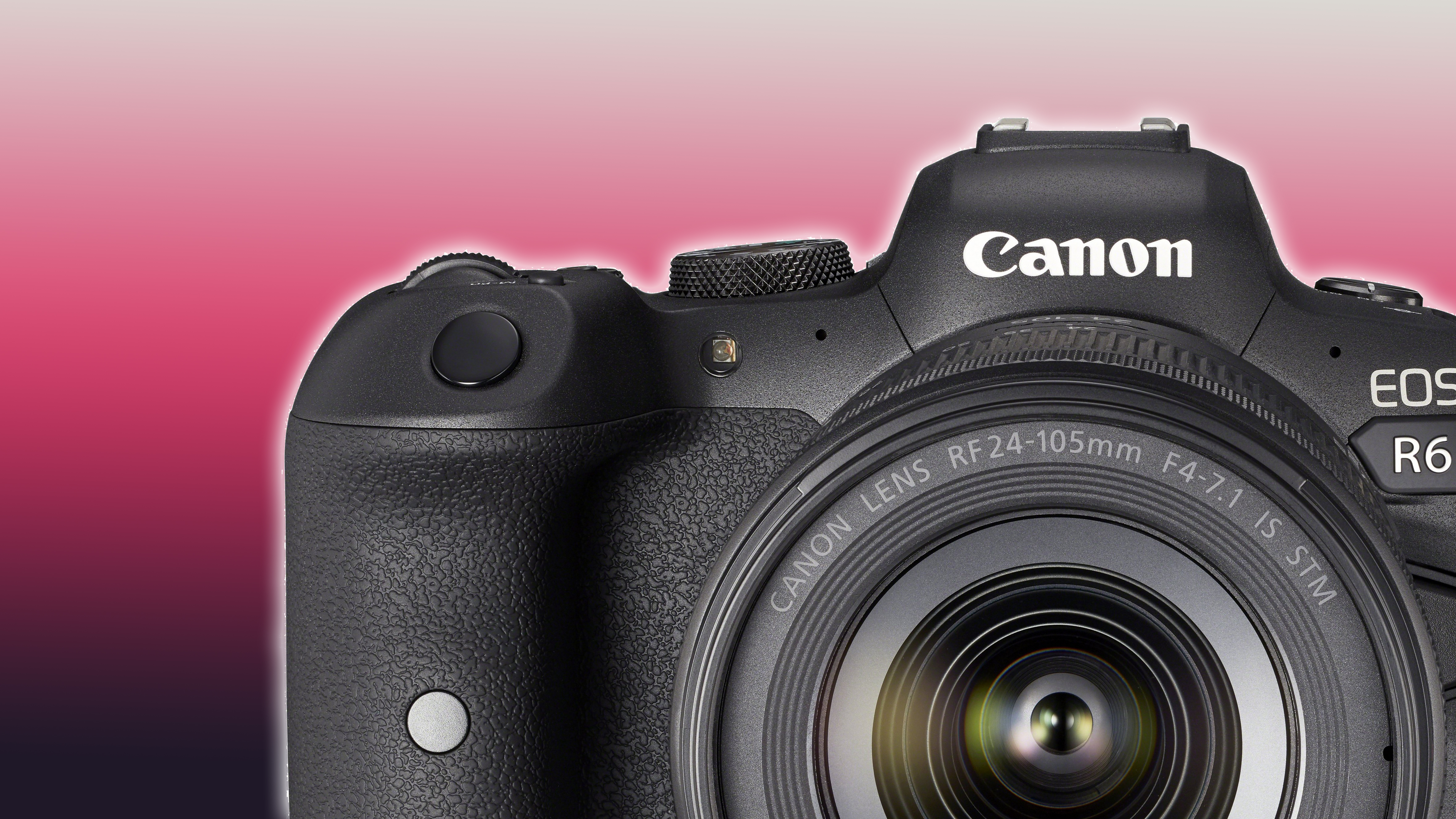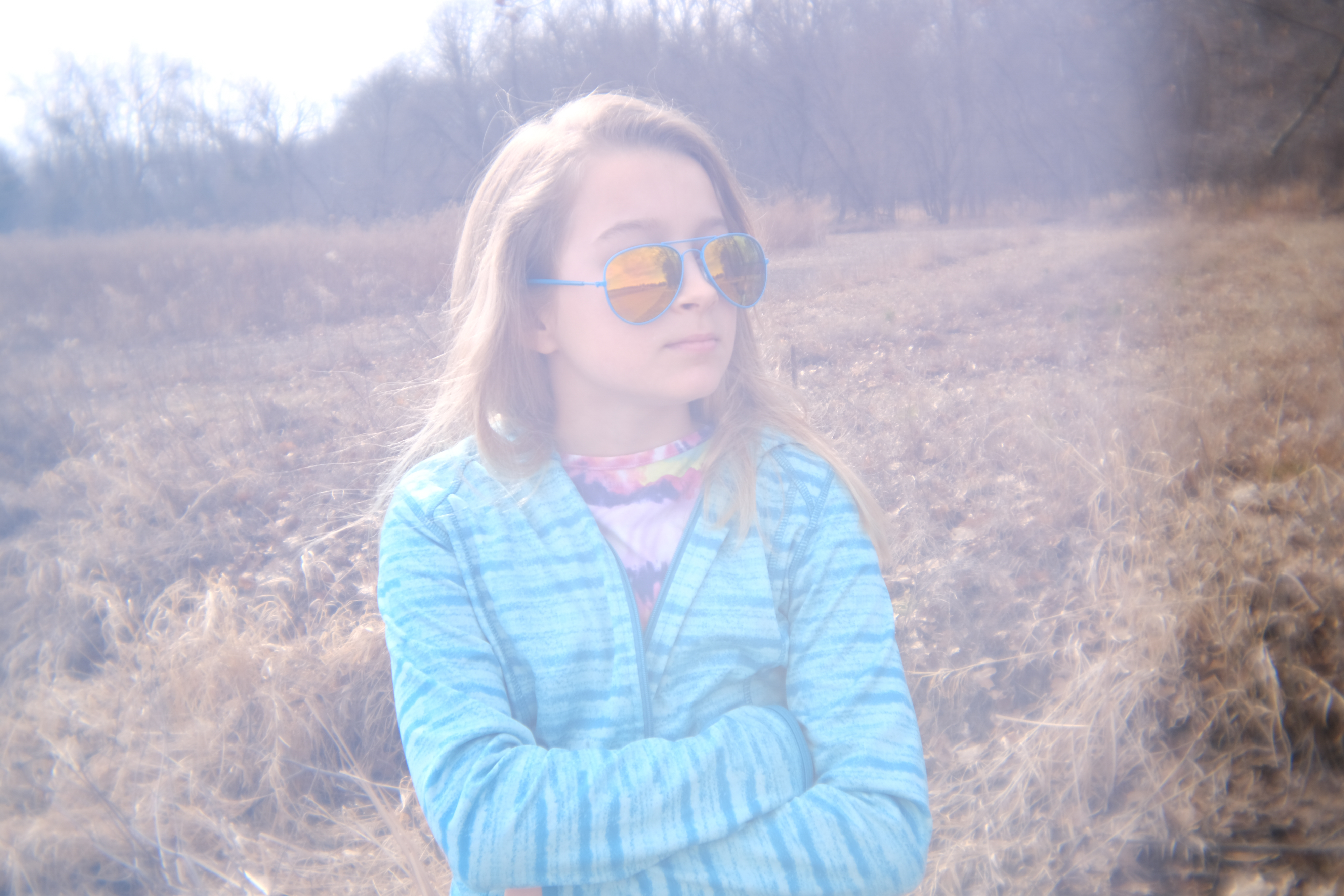The Canon EOS R6 Mark II looks like a brilliant camera... but I won't be upgrading
Don't upgrade your camera when you don't need to. I'll stick with my R6 until Canon makes more than incremental changes

In the run-up to Black Friday and Christmas, we've seen manufacturers racing to launch their latest enthusiast and advanced cameras. Sony, Fujifilm and Canon have all released new models in the last month, and while these are seemingly faster and smarter than their predecessors, are they actually better? Given the current cost of living squeeze, should we all be rushing to buy the newest cameras or making do with what we have already? Well, maybe that depends on how and what you shoot.
A few weeks after I bought a Canon EOS R6 and a 50mm f/1.8 lens, Canon went and launched the R6 Mark II. Very inconvenient of them, given how long it took me to decide on what new model to buy. Of course, it does look like an incredible camera, and I’m wondering whether I should part with even more cash, trade in the R6 for a pitiful fee, and take the hit for what could be one of the best Canon cameras around.
I’m sure there are many other photographers out there now wondering whether it’s worth upgrading to the R6 Mark II. We’ve got a separate Canon R6 vs R6 Mark II article that clearly compares the specs of both cameras. The new R6 Mark II has more megapixels, faster shooting and better video features, and while I'm frustrated that I didn't wait (not that I knew it was coming), I'm certainly not going to upgrade anytime soon.
I’ve always been a bit of an on-off Canon user, after brief affairs with Sony, Fujifilm, and in my magazine career, Nikon. So what is it that finally made me buy the EOS R6? Especially when the 20MP sensor is lower than many of the best mirrorless cameras? Like many, I'm a generalist photographer. I do a few commercial commissions, the odd wedding and then... take lots of photos of my dog. The Canon EOS R6 felt like a versatile all-around camera that can shoot most things well, and given my budget, I saw it as an EOS R5 with lower resolution and less high-end video.
Why I'm not upgrading to the R6 Mark II
So often, deciding whether to upgrade to a new model comes down to our values, a gut feeling, and of course, the size of our wallets. The data and specs of a camera can only go so far in helping us make that decision.
Although I could afford it if I tried, I'm not even tempted by the R6 Mark II. It might appeal to photographers who are worried about megapixels, or the R6's lack of them. However, it’s only 4MP more than the R6, a difference which is likely to be very modest unless you intend to make massive prints and have previously found 20MP lacking. A smaller megapixel count also means a smaller file size, which for me, is actually a bonus in the way that I work.
With the R6 Mark II, what's significant for high-speed shooters of wildlife and sports is the doubling of the maximum frame rate from 20fps to 40fps. I’m not interested in a fast continuous burst speed as a generalist – even a generalist who shoots birds – nor do I think many pros will be unless they specifically capture high-octane, fast-moving subjects. Fill up your buffer, fill up your card? Sort through hundreds of almost identical images after the shoot? No thanks.
I think the trouble is that, once you’re given a fast continuous shooting rate, there’s a temptation to keep it on “just in case” – a spray-and-pray approach that means you might get one killer shot that’s different from the other 39 frames. Don’t get me wrong, I think the engineering that’s enabled cameras to shoot at 40fps is nothing short of remarkable, but it shouldn't be marketed as something that everyone needs to have on their camera.
In times of weird economic turmoil and environmental awakenings, less can be more. We don't need to upgrade to the latest model to be a good photographer, nor do we need to panic about feeling less than if our camera is a few years old.
Get the Digital Camera World Newsletter
The best camera deals, reviews, product advice, and unmissable photography news, direct to your inbox!
For the majority of photographers today who share their work online or editorially, the extra megapixels in the R6 Mark II just aren't necessary. And if we've swapped the megapixel race for who and what can shoot the fastest, 40fps isn't likely necessary either.
And if you are looking for a professional camera with a lightning-fast burst rate, the Fujifilm X-H2S or the Sony A7 R V are both very compelling options...

Lauren is a writer, reviewer, and photographer with ten years of experience in the camera industry. She's the former Managing Editor of Digital Camera World, and previously served as Editor of Digital Photographer magazine, Technique editor for PhotoPlus: The Canon Magazine, and Deputy Editor of our sister publication, Digital Camera Magazine. An experienced journalist and freelance photographer, Lauren also has bylines at Tech Radar, Space.com, Canon Europe, PCGamesN, T3, Stuff, and British Airways' in-flight magazine. When she's not testing gear for DCW, she's probably in the kitchen testing yet another new curry recipe or walking in the Cotswolds with her Flat-coated Retriever.
